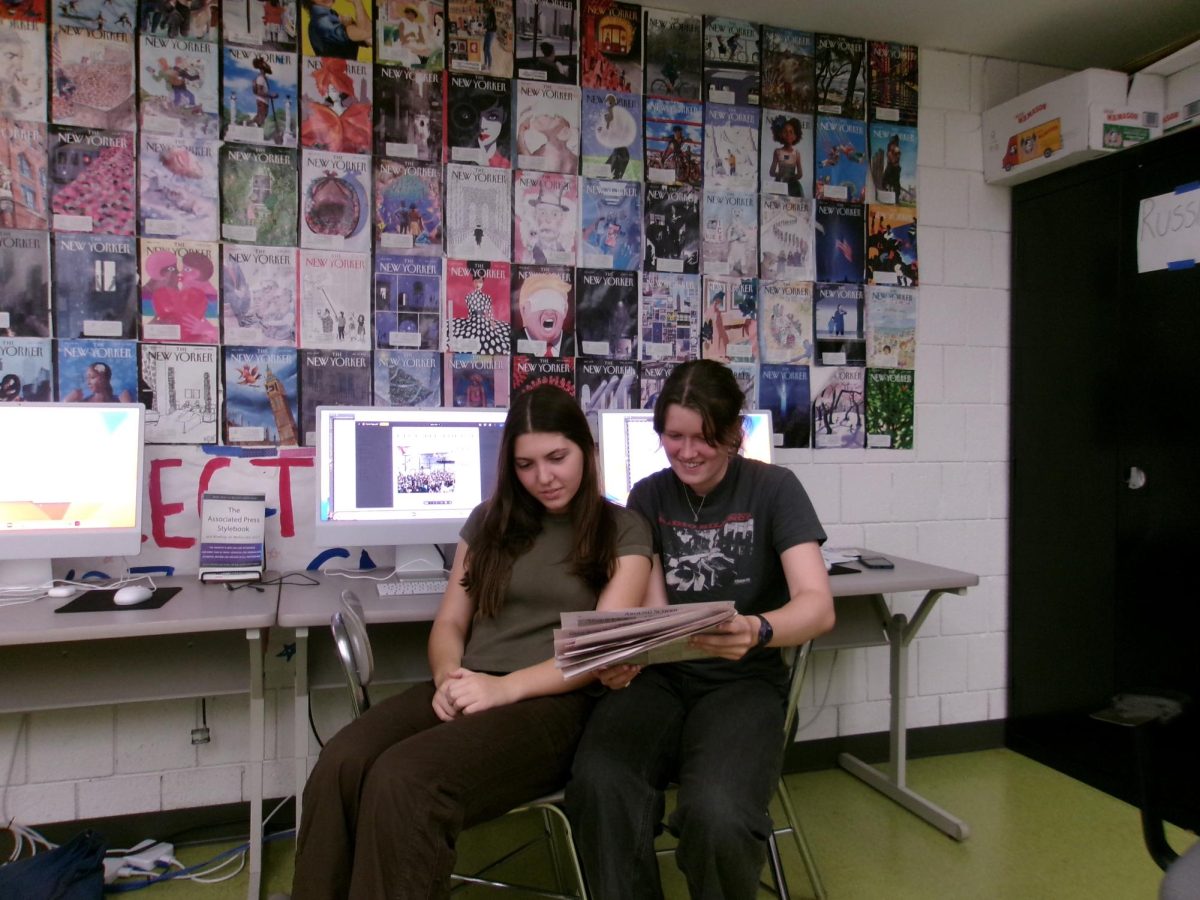The Racial Gap in Literature and the Need for Literary Diversity
February 26, 2021
There has always been a disconnect within the Black community when it comes to the issue of education, especially regarding literature. Many Black students and teachers cannot name authors besides Angie Thomas, Nicola Yoon, and Jason Reynolds as the people they feel represent them in the literary world. All authors listed above generally write Young Adult fiction novels, covering topics ranging from police brutality to immigration. When those authors are going to be releasing books, their books are normally on many reader’s most anticipated releases list. After the release of these authors’ books, most forget about them within months. In some way, it’s almost as if they didn’t exist. This ultimately brings us to the question of why this disconnect and lack of recognition occurs.
In 1954, at the start of the poorly executed integration of Black and white schools, there had been a growing rate of Black kids dropping out of school. Though the purpose of integration was to close the learning gap between Black and white students, in reality, it had created an even more significant gap. Black students did not receive the same amount of resources as white students and they weren’t being immersed in their own culture. One of the main reasons why those Black students weren’t getting support is because they lived and went to school in poverty-ridden neighborhoods. According to a statistic from the National School Board Association (NSBA), “In 2018, nearly one-third of Black students lived in poverty (32%), compared with 10% of white students in families living in poverty.” When comparing those numbers to the number of kids that are dropping out of school, the NSBA found that “the dropout rate for Black students remained higher than that for white students (4.2%).”
These two alarming statistics help bring attention to the issue of Black students’ lack of representation within our curriculum at CRLS. If students don’t feel as if they are learning about people who look like them, they won’t feel connected to the material. Within the Black community, there has been a stigma that reading and writing is a “white thing,” when in reality, literature should be for all people to enjoy. When interviewing CRLS student Nasra Samanter ‘22 about her experience with this, Nasra said, “Growing up, I never felt comfortable talking about my love for reading to my Black friends because I thought that I would get made fun of for being too ‘whitewashed.'” She went on further to explain that the narrative of that stigmatization made her feel underrepresented.
When Black people look for things to read, they look for an escape that is still representative of them and their reality. People of Color do not want to continually read books about white people—the only option given to them; instead, they want to read a book about someone who shares the same culture and background as them. Books with Black protagonists with real struggles written by Black authors need to become more mainstream.
When Black characters are represented by white authors, they use negative stereotypes, giving readers a false representation of Black people. If a book has one Black character who is hooked on drugs and is struggling, they are representing the author’s inaccurate view on the entire community. If anything, non-Black authors are creating a character that feeds into every negative stereotype about Black people. It is often found that white authors write books with these types of characters instead of exhibiting black characters with admirable qualities.
An example of a book like this is Laura Thalassa’s Rhapsodic. Temper, short for Temperance, is a supporting character to her best friend and main character, Calypso. She is loud, crass, and swears in every other sentence. To some, that may not be disrespectful, but somehow her identity only includes traits related to her race; being angry and too opinionated are two of the biggest stereotypes Black women in America face. For a Black woman to read a book like this, they could feel discouraged and start to internalize these stereotypes. We have to start celebrating diversity in books to combat this unfair reality.
Instead of putting pressure on white authors to write about Black people, we need to start promoting the books about Black people, by Black authors. Due to implicit bias, a white person will never properly depict a Black person, no matter how much research they do. It is impossible for a white author to capture the Black experience without help from an actual Black person, as they will never understand the oppression and trauma in the Black community.
For students to be immersed in literature, they need to be able to connect with it. To do that, we must start to think about how diverse the books we read are. That ultimately begins with the books we integrate into school curriculums, and being more open about reading—no matter your race.









